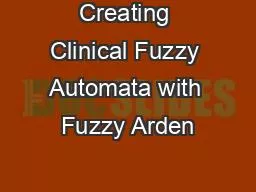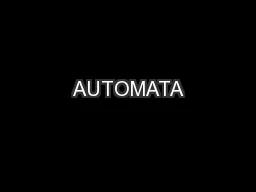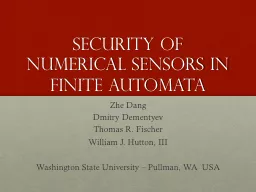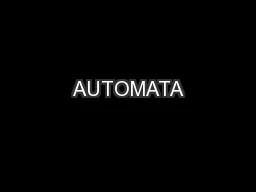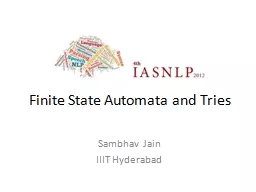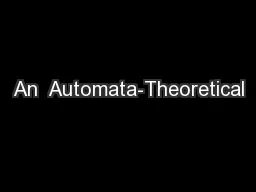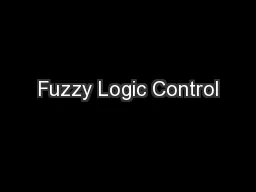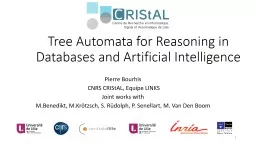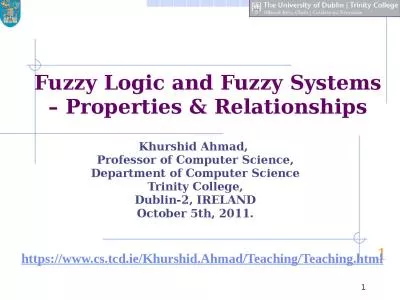PPT-Creating Clinical Fuzzy Automata with Fuzzy Arden
Author : joedanone | Published Date : 2020-06-23
Syntax Using an ARDS detection automaton as a working example Jeroen S DE BRUIN 12 Heinz STELTZER 3 Andrea RAPPELSBERGER 1 and KlausPeter ADLASSNIG 12 1
Presentation Embed Code
Download Presentation
Download Presentation The PPT/PDF document "Creating Clinical Fuzzy Automata with Fu..." is the property of its rightful owner. Permission is granted to download and print the materials on this website for personal, non-commercial use only, and to display it on your personal computer provided you do not modify the materials and that you retain all copyright notices contained in the materials. By downloading content from our website, you accept the terms of this agreement.
Creating Clinical Fuzzy Automata with Fuzzy Arden: Transcript
Download Rules Of Document
"Creating Clinical Fuzzy Automata with Fuzzy Arden"The content belongs to its owner. You may download and print it for personal use, without modification, and keep all copyright notices. By downloading, you agree to these terms.
Related Documents

